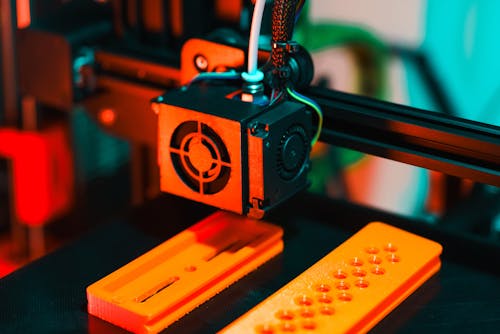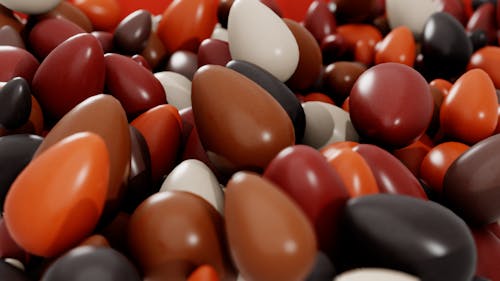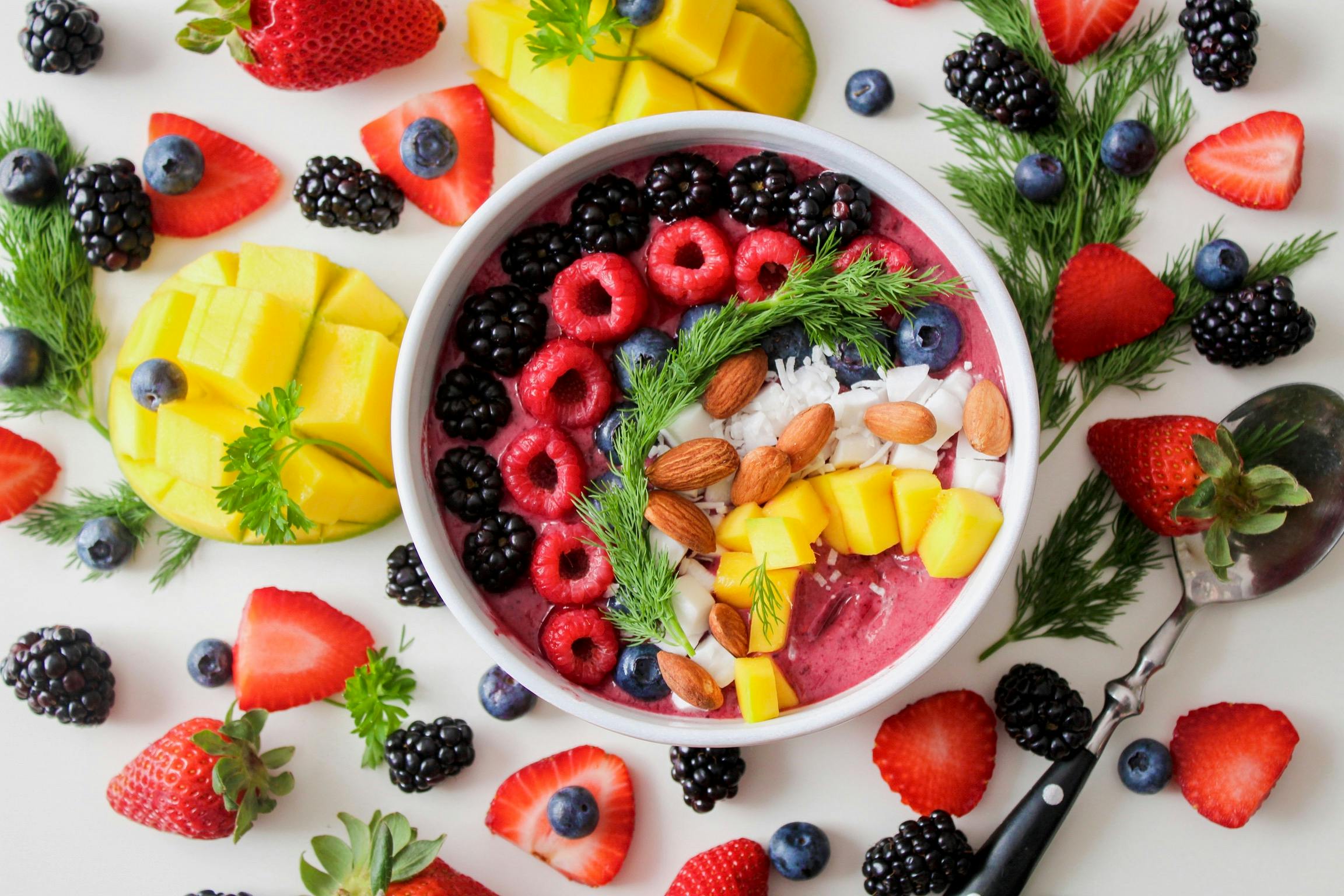As the world faces the challenges of population growth, climate change, and increasing pressure on food resources, the future of food is evolving rapidly. Traditional methods of producing and consuming food are being challenged by innovative technologies that promise to revolutionize how we source, produce, and consume food. Among the most discussed and debated innovations are lab-grown meat, edible insects, and 3D-printed food. These developments are not only reshaping the food industry but are also offering solutions to some of the most pressing problems in agriculture and sustainability.

Lab-Grown Meat: A Sustainable Protein Source
Lab-grown meat, also known as cultured or cell-based meat, is one of the most promising developments in the future of food. This process involves cultivating meat from animal cells in a lab, bypassing the need for traditional livestock farming. The result is real meat that is produced without the environmental impact of raising and slaughtering animals.
The production of lab-grown meat begins with taking a small sample of animal cells, typically from a muscle or fat tissue, and placing them in a bioreactor where they are fed nutrients that allow them to grow and multiply. Over time, the cells form muscle fibers, which are then harvested and processed into meat products such as burgers, steaks, and sausages. The key advantage of this method is that it significantly reduces the need for large-scale livestock farming, which is a major contributor to greenhouse gas emissions, land degradation, and water usage.
Lab-grown meat also holds the potential to improve animal welfare by reducing the need to raise and slaughter animals for food. This has led to widespread interest from both environmentalists and animal rights advocates. The technology is still in its early stages, but several companies have already introduced lab-grown meat products to the market, and regulatory approvals are gradually being secured. As the technology matures and production scales up, lab-grown meat is expected to become more affordable and accessible, offering a sustainable and ethical alternative to conventional meat.

Edible Insects: A Protein-Rich, Low-Impact Option
While lab-grown meat is garnering much attention, another sustainable protein source gaining traction is edible insects. Insects have long been a staple food in many parts of the world, particularly in Asia, Africa, and Latin America. However, in Western countries, the idea of consuming insects is still met with reluctance and distaste. Yet, as the global population continues to grow and food security becomes an increasing concern, the benefits of incorporating insects into our diets are becoming hard to ignore.
Insects are an incredibly efficient source of protein, providing all nine essential amino acids, making them a complete protein source. They are also rich in vitamins, minerals, and healthy fats. From crickets to mealworms, insects offer a sustainable alternative to traditional animal-based protein sources, as they require far fewer resources to produce. Insects are highly efficient at converting feed into edible biomass, require little water, and can be farmed in small spaces, making them an ideal solution for addressing food shortages in urban areas.
In addition to their nutritional benefits, insects have a much lower environmental footprint compared to livestock. The production of insect-based food generates significantly fewer greenhouse gas emissions and requires less land and water than conventional meat production. As a result, edible insects are being promoted as a sustainable food source that could help reduce the environmental impact of our diets.
Despite the many benefits, the acceptance of insects as food in Western countries remains a significant hurdle. However, the rise of insect-based food products, such as protein bars, snacks, and powders, is gradually shifting perceptions. These products are designed to appeal to consumers who are hesitant about eating whole insects, offering a more palatable way to incorporate insects into their diets. As the demand for sustainable food sources grows, it is likely that edible insects will become a more mainstream option in the years to come.
3D Printing: A New Era of Customizable Cuisine
Another exciting frontier in the future of food is 3D printing, which is revolutionizing the way food is prepared, designed, and consumed. 3D printing technology, also known as additive manufacturing, allows chefs and food technologists to create intricate and customizable food items by layering ingredients in precise patterns. This technology is being used to print everything from intricate chocolate sculptures to custom-made pizza.

The potential of 3D food printing extends beyond its ability to create visually stunning dishes. One of the key benefits of 3D printing is the ability to design personalized meals that cater to specific nutritional needs. For example, 3D printers can be programmed to create food with precise levels of protein, fat, carbohydrates, and vitamins, allowing for highly customized meals that meet individual dietary requirements. This could be particularly beneficial for people with special dietary needs, such as athletes, diabetics, or the elderly.
In addition to personalization, 3D food printing has the potential to streamline food production, reduce food waste, and create more sustainable food systems. Traditional food production methods often result in a significant amount of food waste due to overproduction and inefficiency. With 3D printing, food can be produced on-demand, minimizing waste and ensuring that ingredients are used efficiently. Furthermore, 3D printing can make use of alternative ingredients, such as plant-based proteins, which could help reduce the environmental impact of food production.
While 3D food printing is still in its infancy, several companies are already developing and testing food printers for both commercial and home use. As the technology advances, it’s likely that 3D food printing will become more widespread, enabling a future where food is not only personalized but also produced with minimal waste and a lower environmental footprint.
Combining Technologies for a Sustainable Future
The future of food is not likely to be dominated by any one technology, but rather a combination of these innovations working together to address the challenges of food production, sustainability, and nutrition. Lab-grown meat, edible insects, and 3D printing are just a few examples of how the food industry is evolving to meet the demands of a growing population and a changing climate.
Lab-grown meat could reduce our reliance on livestock farming, significantly lowering greenhouse gas emissions and land use. Edible insects offer a highly efficient and nutritious protein source, with a far lower environmental impact than traditional meat. Meanwhile, 3D printing could revolutionize how we prepare and consume food, making it possible to create custom meals that cater to individual nutritional needs while minimizing waste.
Together, these technologies offer the promise of a more sustainable, ethical, and personalized food system. However, for these innovations to become mainstream, they will need to overcome significant hurdles, including regulatory approval, public acceptance, and the development of scalable production methods. As research and development in these areas continue to grow, it is likely that the future of food will be shaped by a combination of these transformative technologies, providing new ways for us to feed a growing global population while minimizing our impact on the planet.
The future of food is an exciting and rapidly changing landscape, with technology at the forefront of this transformation. Whether through lab-grown meat, edible insects, or 3D printing, the possibilities are endless for creating a more sustainable and efficient food system that can meet the needs of future generations.





